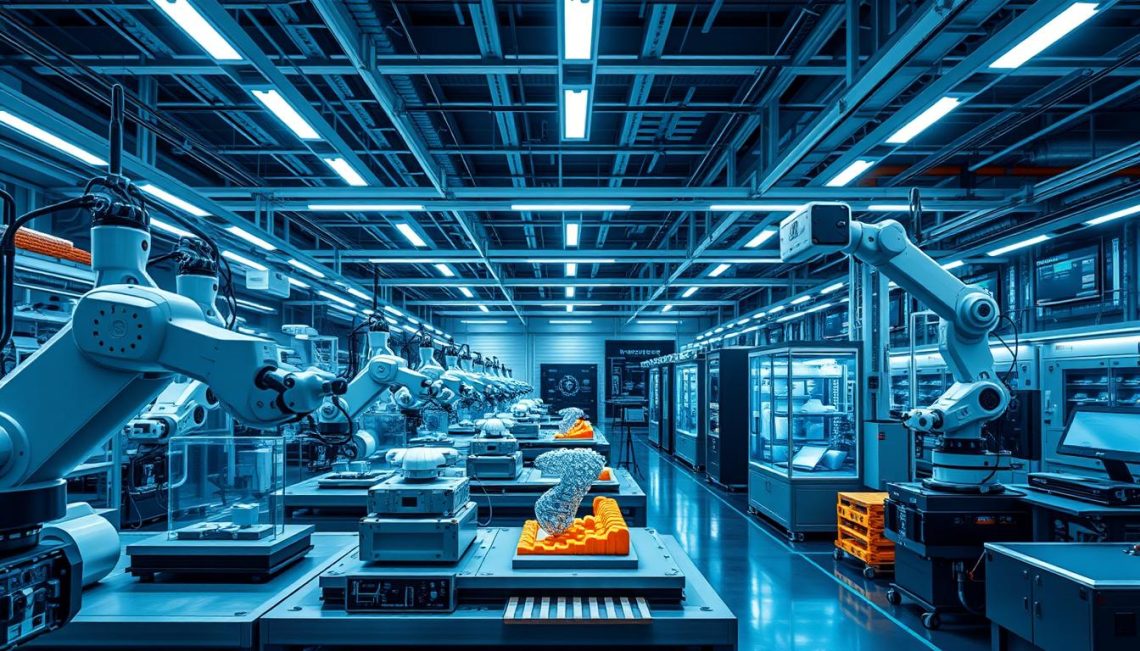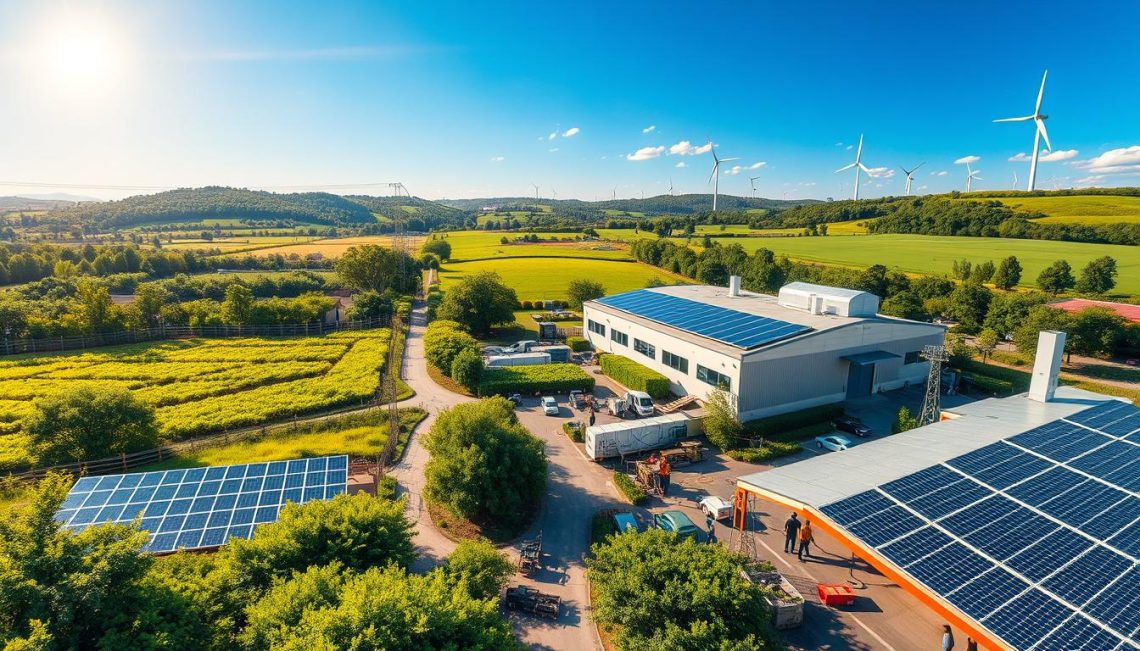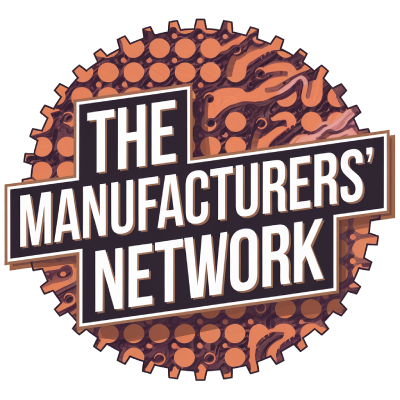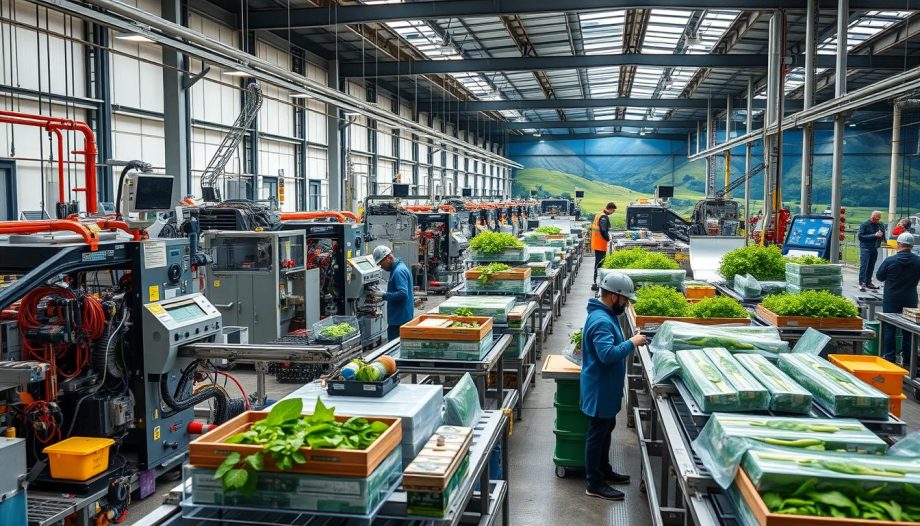In an increasingly interconnected world, the significance of New Zealand manufacturing strategies cannot be overstated. As local industries strive to enhance their global competitiveness, understanding the broader manufacturing landscape is essential. The current position of New Zealand manufacturing reflects a unique mix of opportunities and challenges driven by market demands and competition. This article will delve into critical strategies aimed at fostering innovation in manufacturing, boosting efficiency, and driving overall manufacturing growth.
The role of policy and government initiatives also plays a pivotal part in facilitating growth within the sector. By embracing transformative approaches, New Zealand’s manufacturing industry can adapt to changing market conditions and thrive on the global stage. The following sections will explore these strategies in depth, focusing on actionable insights for manufacturers aiming to elevate their competitive standing.
Understanding the Current Landscape of New Zealand Manufacturing
The New Zealand manufacturing sector overview reveals a diverse and complex environment marked by both opportunities and challenges. Understanding the current landscape requires examining various elements that contribute to industry dynamics.
Overview of New Zealand’s Manufacturing Sector
New Zealand’s manufacturing sector comprises a wide array of industries, including food processing, electronics, and textiles. This sector plays a vital role in the national economy, offering employment to many New Zealanders while contributing significantly to the country’s exports. With a focus on innovation and quality, local manufacturers are committed to maintaining high standards and competitiveness on a global scale.
Key Challenges Facing the Industry
The manufacturing challenges faced include rising operational costs, skill shortages, and regulatory pressures. Many local manufacturers struggle with these factors while trying to maintain productivity and efficiency. Adapting to technological advancements further complicates the landscape, as firms must invest in new processes without compromising their financial stability.
Impact of Globalization on Local Manufacturers
Globalization effects have significantly influenced the New Zealand manufacturing landscape. With increased competition from international markets, local manufacturers find themselves pressured to innovate and adapt quickly. Opportunities for export growth exist, yet they come with the need for local firms to differentiate their products and processes. Embracing global trends while maintaining local significance becomes essential for sustaining competitive advantages.
| Sector | Key Industries | Challenges | Globalization Impact |
|---|---|---|---|
| Manufacturing | Food Processing, Electronics, Textiles | Operational Costs, Skill Shortages | Increased Competition, Need for Innovation |
| Local Manufacturers | Wood Products, Machinery, Chemicals | Regulatory Pressures | Export Opportunities, Product Differentiation |
Strategies for Enhancing Global Competitiveness in New Zealand Manufacturing
To thrive in a competitive global market, manufacturers in New Zealand must adopt strategic measures that enhance their operations. Emphasizing advanced manufacturing technologies and effective workforce development strategies can considerably improve manufacturing competitiveness. This section explores these essential strategies.
Adopting Advanced Technologies
The integration of advanced manufacturing technologies plays a crucial role in streamlining processes and enhancing productivity. Technologies such as automation, robotics, and artificial intelligence enable manufacturers to optimize operations, reduce errors, and increase output. Embracing these innovations allows for the production of higher-quality products while maintaining cost-effectiveness.
Additionally, utilizing technology in manufacturing fosters better data analytics and real-time monitoring, which are pivotal for informed decision-making. By investing in these technological advancements, New Zealand manufacturers can position themselves ahead of the competition.
Investing in Workforce Development
Workforce development strategies are essential to equip employees with the skills necessary to adapt to new technologies. Continuous training and education programs enable the workforce to effectively utilize advanced manufacturing technologies, ensuring both efficiency and safety in operations. Organizations should prioritize creating partnerships with educational institutions to develop curricula that meet industry needs. This collaboration can help bridge the skills gap prevalent in the manufacturing sector.
Moreover, fostering a culture of innovation within the workplace enhances creativity and problem-solving abilities among employees. By encouraging workforce engagement in technology adoption and operational improvements, manufacturers can significantly boost their competitive edge.

| Strategy | Description | Benefits |
|---|---|---|
| Adopting Advanced Technologies | Integration of automation, robotics, and AI. | Improved efficiency, reduced costs, and higher quality output. |
| Investing in Workforce Development | Training programs and partnerships with educational institutions. | Skilled workforce, enhanced innovation, and adaptability. |
Leveraging Sustainability Practices
Sustainability has become a vital component in the manufacturing landscape. New Zealand manufacturers can enhance their competitive edge by integrating sustainable manufacturing practices. This approach not only addresses pressing environmental issues but also resonates with increasingly eco-conscious consumers and stakeholders.
The Importance of Eco-Friendly Manufacturing
Embracing eco-friendly manufacturing signifies a commitment to reducing the environmental impact in manufacturing processes. By utilizing renewable materials and energy sources, manufacturers can decrease their carbon footprint. Some benefits of adopting eco-friendly practices include:
- Improved brand reputation among consumers
- Cost savings through efficient resource use
- Access to new markets that prioritize sustainability
Building a Sustainable Supply Chain
A sustainable supply chain is essential for manufacturers aiming for long-term success. This involves working collaboratively with suppliers and partners who share a commitment to sustainable practices. The integration of sustainable supply chain strategies can yield numerous advantages:
- Strengthened relationships with suppliers and partners
- Enhanced product quality through responsible sourcing
- Reduction in waste and resource consumption across the supply chain
The table below illustrates a comparison between traditional and sustainable supply chains in terms of their impact:
| Aspect | Traditional Supply Chain | Sustainable Supply Chain |
|---|---|---|
| Resource Use | High consumption of non-renewable resources | Focus on renewable and recycled resources |
| Waste Management | High levels of waste and pollution | Minimization of waste with recycling initiatives |
| Supplier Relationships | Transactional and cost-driven | Collaborative and value-driven partnerships |

Fostering Innovation and Collaboration
In the fast-evolving landscape of manufacturing, fostering a culture of innovation is paramount for New Zealand manufacturers aiming for global competitiveness. A significant driver for such innovation in manufacturing is the collaboration between industries, startups, and academic institutions. By forging partnerships in manufacturing, businesses can leverage diverse expertise and resources, enhancing their ability to innovate and adapt to market demands. This holistic approach not only shares best practices but also encourages the exchange of ideas and technologies that can lead to breakthrough advancements.
Creating an ecosystem that nurtures these partnerships is essential. Initiatives that bring together manufacturers with research institutions can generate collaborative projects that focus on solving real-world challenges in the industry. For instance, joint ventures or incubation programs can set the stage for developing new products and processes that incorporate cutting-edge technologies and sustainable practices, aligning with the goals of New Zealand manufacturing innovation.
Moreover, an emphasis on cross-industry collaboration can lead to shared innovations that benefit multiple sectors. By working together, different industry leaders can tackle common challenges such as supply chain disruptions or labor shortages. This collaborative framework not only fosters resilience but also establishes a culture of continuous improvement that can sustain New Zealand’s manufacturing sector well into the future. Ultimately, the collective efforts of manufacturers, researchers, and policymakers will shape a more innovative and competitive manufacturing landscape in New Zealand.

